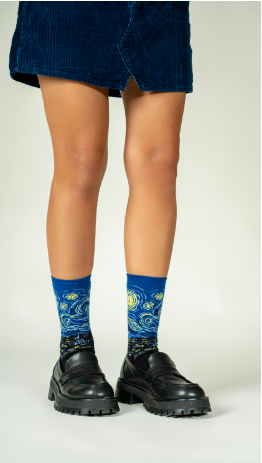Why Are School Shoes So Uncomfortable
School shoes are a quintessential part of every student’s wardrobe, accompanying them through long days of learning and activity. However, for many children, the phrase “school shoes” may evoke feelings of discomfort rather than comfort. The question arises: why are school shoes so uncomfortable?

Impact on Children’s Health and Well-being
The discomfort experienced from ill-fitting or poorly designed school shoes can have significant consequences for children’s health and well-being. Constant discomfort can lead to foot problems such as blisters, calluses, and even more serious issues like foot deformities or musculoskeletal problems. Moreover, discomfort can also affect a child’s mood and behavior, potentially hindering their overall school experience.
Factors Contributing to Discomfort
Several factors contribute to the discomfort often associated with school shoes.
Poor Design and Construction
Many school shoes on the market prioritize style over functionality, leading to designs that sacrifice comfort for aesthetics. Shoes with narrow toe boxes or stiff materials can constrict the feet and cause discomfort, especially during long hours of wear.
Inappropriate Sizing
Improper sizing is another common issue that contributes to discomfort. Ill-fitting shoes can lead to rubbing, chafing, and even pain, as the feet are not adequately supported or allowed room to move comfortably.
Lack of Proper Cushioning and Support
School shoes often lack sufficient cushioning and support, especially in areas like the arch and heel. Without adequate support, the feet may experience fatigue and strain, exacerbating discomfort throughout the day.
Solutions for Comfortable School Shoes
While the discomfort of school shoes may seem inevitable, there are steps that parents, guardians, and children can take to ensure a more comfortable experience.
Choosing the Right Size and Fit
Ensuring proper sizing is essential for comfort. Parents should regularly measure their child’s feet and select shoes that provide ample room for growth without being too loose or too tight.
Opting for Quality Materials and Construction
Investing in high-quality school shoes made from durable materials and with thoughtful construction can significantly improve comfort and longevity. Look for shoes with flexible soles, cushioned insoles, and breathable uppers to enhance comfort.
Considering Specialized Features for Comfort
Some brands offer school shoes with specialized features designed for comfort, such as memory foam insoles, adjustable straps, or moisture-wicking linings. These features can provide added support and alleviate discomfort during long days at school.
Tips for Parents and Guardians
In addition to selecting the right school shoes, parents and guardians can take proactive steps to ensure their children’s comfort.
Regular Foot Measurements
Children’s feet can grow rapidly, so it’s crucial to regularly measure their feet to ensure they are wearing the correct shoe size.
Breaking in New Shoes
New school shoes may feel stiff or tight initially. Encourage children to gradually break in their shoes by wearing them for short periods before full-time use.
Proper Maintenance and Care
Regularly cleaning and maintaining school shoes can prolong their lifespan and ensure continued comfort. Keep shoes clean and dry, and replace them when they show signs of wear or damage.
The Role of Brands and Manufacturers
Brands and manufacturers play a crucial role in addressing the issue of uncomfortable school shoes.
Promoting Ergonomic Designs
By prioritizing ergonomic designs and comfort features, brands can create school shoes that prioritize both style and functionality, ensuring children can look and feel their best throughout the school day.
Investing in Research and Development
Investing in research and development allows manufacturers to innovate and develop new technologies and materials that enhance the comfort and performance of school shoes. By staying at the forefront of footwear technology, brands can continually improve the comfort and quality of their products.
Conclusion
The discomfort of school shoes is a common concern for parents, guardians, and children alike. However, by understanding the factors contributing to discomfort and taking proactive steps to address them, it’s possible to ensure a more comfortable and enjoyable school experience for all.
Unique FAQs
- Are expensive school shoes always more comfortable?
- Not necessarily. While some expensive brands may prioritize comfort and quality, it’s essential to prioritize fit and features over price alone.
- How often should I replace my child’s school shoes?
- It’s recommended to replace school shoes every 6-12 months or when they show signs of wear or no longer fit properly.
- Can insoles improve the comfort of school shoes?
- Yes, insoles can provide additional cushioning and support, especially for children with specific foot issues or discomfort.
- What should I do if my child complains of discomfort in their school shoes?
- Check the fit of the shoes and consider factors such as sizing, material, and support. If discomfort persists, consult a podiatrist for further evaluation.
- Are there any specific brands known for exceptionally comfortable school shoes?
- While comfort can vary depending on individual preferences and foot characteristics, some brands known for prioritizing comfort include Clarks, Skechers, and Geox.
